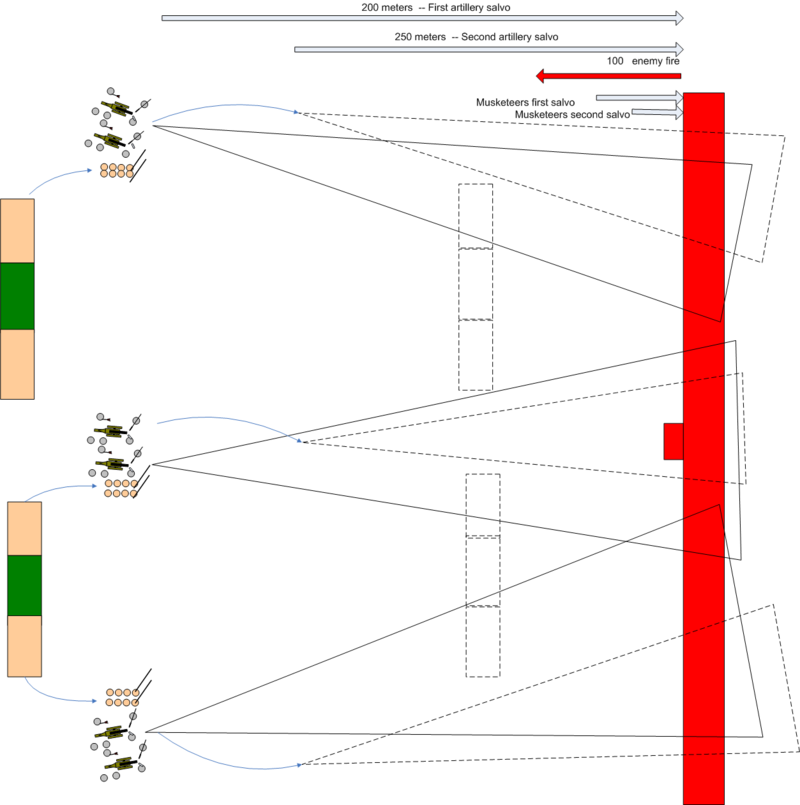Kungliga Dråkenland Armén
Introduction
Kungliga Dråkenland Armén, or the Royal Army of Drakenland has a long tradition of excellence that few armies on the continent can match. Often unrivaled and often victorious, the Army has become one of the pillars of the state itself and has influenced far beyond the borders of Drakenland. From the years of the Obysdian Invasion, to the years of unification, and to the Great Pomeranian War; the army has lived up to its reputation even in defeat.
Organization and Recruitment
Drakenland, given its geographic position and limited population has always depended on the warrior spirit of its men, and furthermore the innovated methods by which it is able to compete with nations with larger populations like Pomerania. As such, over the years, fine-tuned methods of recruitment and organization have been developed that are the key to the nation's success
 Dråkenlinjeinfanteri
Dråkenlinjeinfanteri
The Allotment System or indelningsverket, devised by King Magnus V in 1011 VTE, was one of these methods that aimed to capitalize on the nation's strengths and minimize its weaknesses. It removed conscription from the army and introduced a volunteer-style system that would pay the soldiers well in both land and gold; and made it so that counties would be required to allot a regiment of 2,000 men in the times of war. The result was an army that was unmatched in quality, until the Pomeranian Reforms of the same century. In response to these reforms Magnus VI introduced in 1055 the Home Guard, or Hemvärnet was organized where a portion of all adult men were required to complete military training of some sort and they would all be equipped by the state, based upon their region of recruitment. This allowed up to 250,000 men to be called up at any time to support the main army of 100,000.
However, the tactics and flaws of this system were exposed by Pomerlane during the Great Pomeranian War and as a result, the Värnplikt system was introduced that aimed to fix this problem. While keeping the standing army intact, it effectively made all adult men from 18 to 45 eligible for conscription during war, with even few exceptions than last time. Furthermore, it increased the intensity of the training of these men to provide a semi-professional reserve.
Furthermore, the abandonment of the old method of armies in favor of the flexible, self-contained Corps system that Pomerlane used was adopted as well.
Tactics
From our ashes shall be born an army that rejects the old ways of caution and embraces the aggression of our spirit. Our faith in Selen and our fearless nature will win us the next fight." Field Marshall Gustav Axel von Wachtmeister
This new army is based upon the cult of the offensive, faith and Gå–På (Go-On!). In the past, Drakenland had tried to match Pomerania in terms of drill and rank discipline, and furthermore believed that offensive operations should be conducted with caution. After Pomerlane's victory and upon review of it by the newly founded Staff College at Kalmar by Field Marshall Gustav Axel von Wachtmeister, the decision was made to abandon this way of warfare and embrace a way that relied on speed, discipline, shock and awe.
 Dråkenlinjeinfanteri Tactics
Dråkenlinjeinfanteri Tactics
Exchanging fire in lines for hours against the Pomeranians had proven to be fruitless, so the idea instead was to approach them under fire, deliver a volley, double time even close to deliver another and then charge into melee combat. Pomeranians had suffered reverses in such situations against Dragoons during the Great Pomeranian War and it was believed that this would be the way to even the playing field. Furthermore, Cavalry were transformed into a force similar focused on delivering as much shock on the enemy as possible, with close ranks and rapid charges. Pressure would be applied everywhere at once, and the force of the will of the men would win the day.
 Infantry Battalion Tactics in Gå–På
Infantry Battalion Tactics in Gå–På
Artillery was also highly focused on, with the adoption of Pomerlane's methods and further emphasis on out gunning any enemy. What difference the lack of men could be made up for in the amount of shot was emphasized greatly as well.
 Artillery Tactics in Gå–På
Artillery Tactics in Gå–På